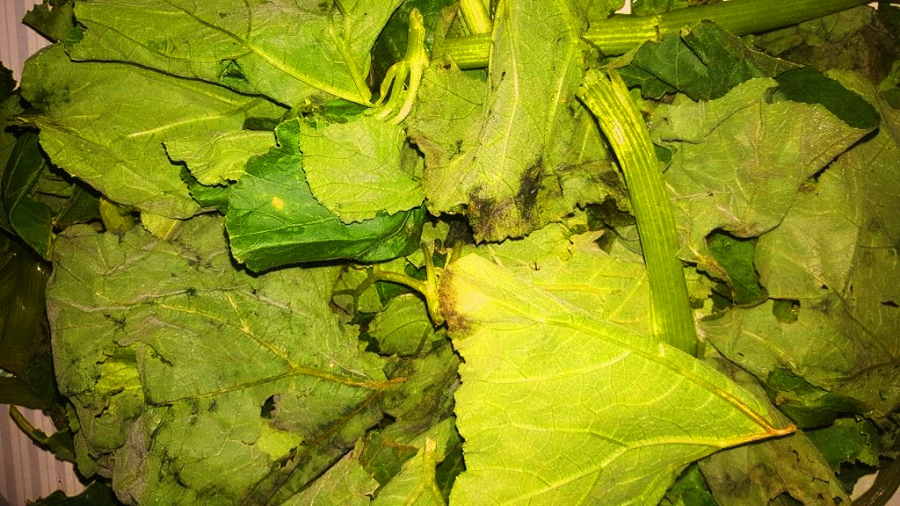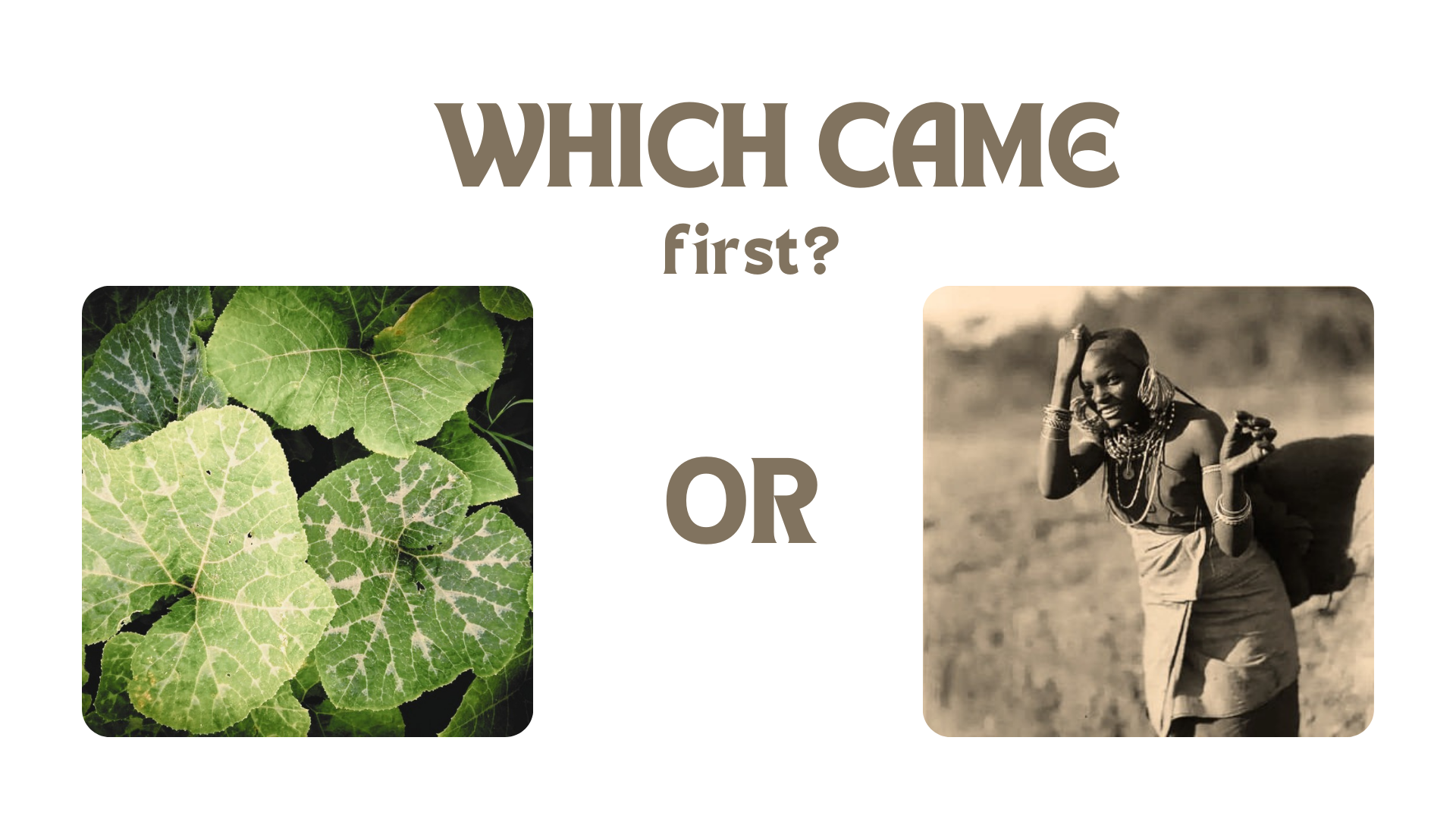As regular readers of mulembenation.co.ke know, our ‘What’s in a name’ series often is about places in Western Kenya and Lake region Uganda and how they got their name. Today, we take a little detour into the yummy. We do so by revealing how a popular and much loved traditional Luhya vegetable, lisebebe or seveve got its name. As usual, we will dip into culture, history and contemporary urban talk to get to the truth. Join us as we find out: is msebe lisebebe?
Is mseve or msebe lisebebe?
Did you know that the origin of the beloved Luhya traditional vegetable lisebebe or seveve (Lulogoli) is thought to be the Agikuyu community? In a 2015 paper, A survey of ethnobotany of the AbaWanga people in Kakamega County,Western Province Kenya, scholar Shiracko and other scholars insist that the literal meaning of the word lisebebe (Luwanga) is: “Came from the Kikuyu community, implying that which moves from place to place”.
What this means is that pumpkin leaves that are cooked as vegetable among the Luhya, are a food that came to them from the Kikuyu community. Allow me to explain.
As you may know, the pumpkin is a wandering climber that colonizes areas far away from where its primary stem juts from the ground. It is this nature of the pumpkin that Shiracko and other scholars use to define the migratory habit of the Kikuyu community; and the admired ability of the Kikuyu to thrive wherever.
That the Kikuyu have migrated outward, with great success, from their ancestral Mount Kenya home is not in doubt. What has been a matter of unneeded and unfortunate tribal divisions is what this Kikuyu success means to communities in which they come to reside and thrive. Luckily, The Maragoli have just the needed dose of wisdom.
A Maragoli saying and the question, is msebe lisebebe?
According to Maragoli traditional wisdom, we may add, wisdom that speaks to the heart of the spirit of mulembe, we should all strive to thrive like lisebebe. Seveve, as they call it in Lulogoli, wanders along thriving, bringing blessings whenever it goes. As a result, a neighbor down the fence who knows not where or who planted the seveve or who has been tending to it is sure to enjoy it as a meal one day or another.
Similarly this Maragoli saying teaches us that, as we strive to make ourselves and our children prosper, we should be doing so knowing that their success may be a blessing to others elsewhere; and not necessarily where we come from, or our/ their relations.
So, who is msebe?
Msebe is the Agikuyu in Luhya language. Also, mseve.
Is Msebe, Lisebebe?
Speaking figuratively, yes. In the eyes of our forbearers, an admirable quality of a people.

Try Our Delicious Easy Creamy Seveve Recipe ↗
Love Luhya Food? We’ve got you…Get this recipe, handcrafted, just for you!
Subscribe to Mulembe Weekly
Get culture, language, stories and discussions in your inbox every Friday 5 PM East Africa Time


Kindly show me a photograph of a plant species called lusulieni in kibukusu
Hi Devy, thanks for reaching out. In the shortest time possible, our editorial team will consider your request and come up with a content format that will best answer your question and still offer best value to our audience in general. Thank you for your readership.